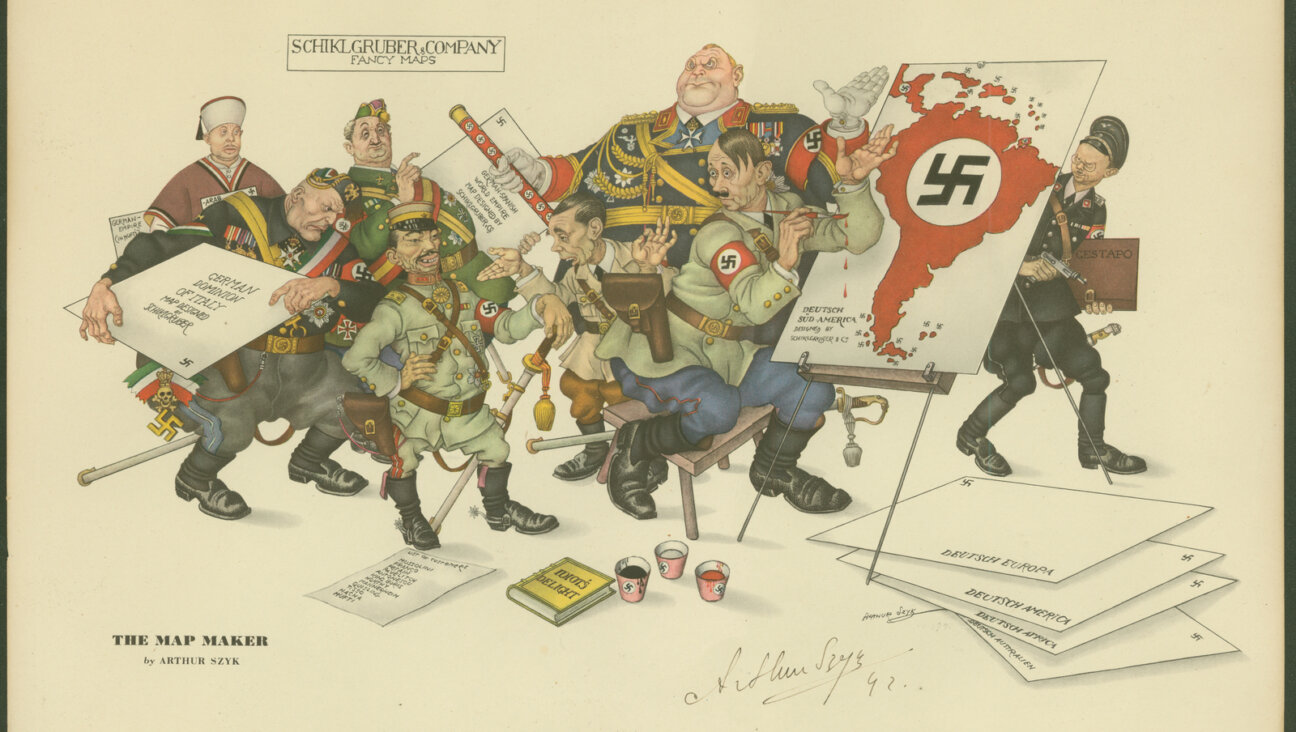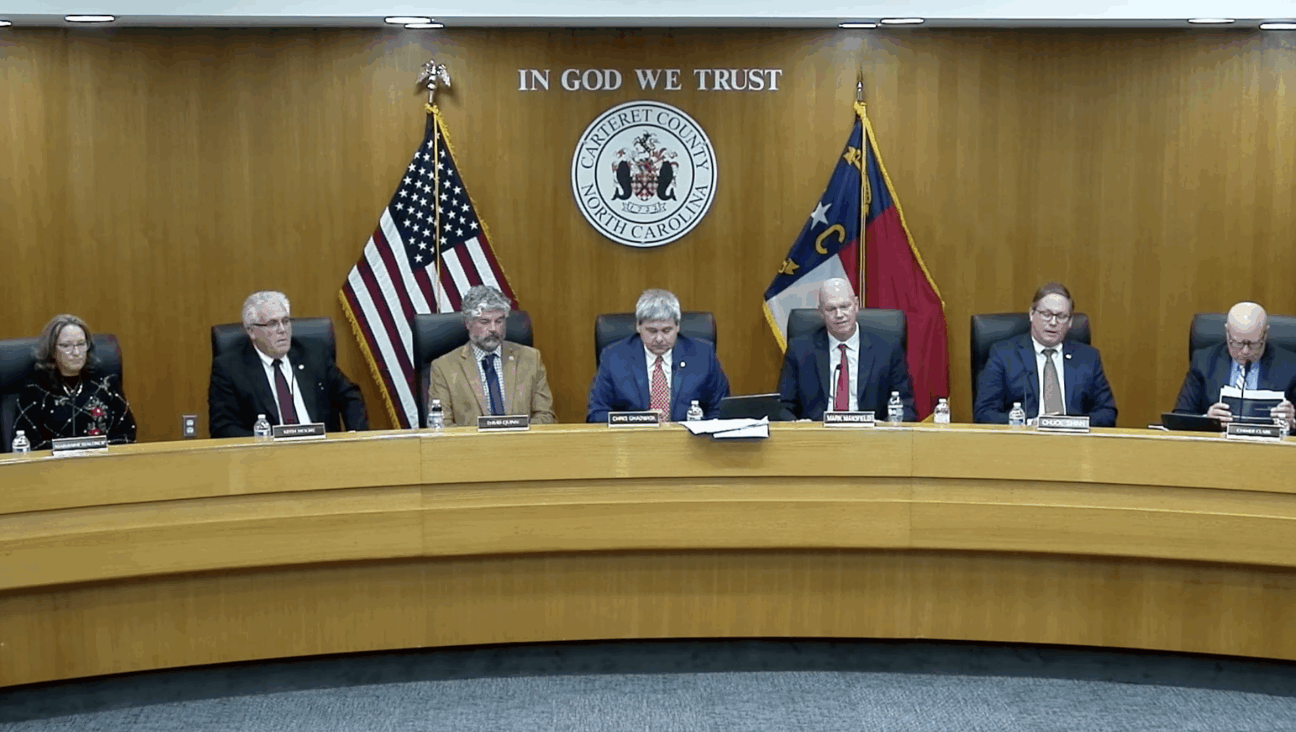Fields, Green Again
Although for many years it has appeared that the work of Austrian-born filmmaker Edgar G. Ulmer (1904-1972) was destined to fall into oblivion — in one of the earliest accounts of his career, from the 1970s, film scholar John Belton pronounced Ulmer “a totally unknown or, at best, an obscure figure in film history” — recently there has been a remarkable surge in interest, possibly even a bona fide revival. The year 2004 marked Ulmer’s 100th birthday, and as part of the international celebration there were several film series; a full-day tribute on Turner Classic Movies, and mini-retrospectives screened in London, San Francisco, Vienna and elsewhere, often coupled with the newly released full-length documentary by Michael Palm, “Edgar G. Ulmer: The Man Off-screen.” Thanks in large measure to the tireless efforts of his daughter, Arianne Ulmer Cipes, head of the Edgar G. Ulmer Preservation Corp., many of Ulmer’s films, even some of his most obscure, have been restored and released on DVD.
The latest addition to this larger wave of rediscovery and re-evaluation is a lavish four-disc collection of all of Ulmer’s Yiddish films, which he directed in New York and New Jersey between 1937 and 1940. They have been preserved, digitally restored and re-mastered from 35mm nitrate prints with new English subtitles, by Brandeis University’s National Center for Jewish Film. These generally modest pictures, all of them shot on a shoestring budget, include some of the milestones in the history of Yiddish cinema. There is the widely celebrated adaptation of Peretz Hirshbein’s ode to an unadulterated, simple Jewish lifestyle in “Green Fields” (“Grine Felder,” 1937); the musical rendition of David Pinski’s 1906 drama, which was star vehicle for popular radio voice Moishe Oysher, “The Singing Blacksmith” (“Yankl der Shmid,” 1938); Ulmer and his wife Shirley’s forceful reworking of the classic Yiddish tales by Mendele Moykher Sforim (S.Y. Abramovitsh), or Mendele the Book Peddler, as he was known, in “The Light Ahead” (“Fishke der Krumer,” 1939); and the startlingly modern, urbane comedy starring Leo Fuchs, “American Matchmaker” (“Amerikaner Shadkhen,” 1940).
The match between a German-speaking, assimilated, nominally Jewish director like Ulmer and the American Yiddish film industry is, perhaps, not so obvious. Raised in Vienna, Ulmer got his start working in theater and movie set design, first with Max Reinhardt and later with F.W. Murnau. Both stints involved productions in the United States in the mid-1920s. Ulmer also had a hand in set design in Germany during the Weimar period as a production assistant and set builder on a few mainly forgotten pictures of the era; he picked up his first credit as co-director, with Robert Siodmak, of one of the legendary late German silent films “Menschen am Sonntag” (“People on Sunday,” 1929). His first exposure to Yiddish culture came when, during his initial stay in America in 1924, he visited the Yiddish theaters on Manhattan’s Second Avenue. In a well-known 1970 interview with Peter Bogdanovich, he claimed to have been smitten with the performances of the great stage actors he saw there, in particular Jacob Adler, Maurice Schwartz and Paul Muni, the last of whom would later serve as a financial backer and promoter of Ulmer’s first Yiddish film.
Ulmer’s foray into Yiddish cinema came quite fittingly, then, with the guidance of veteran stage actor Jacob Ben-Ami. Having starred in Hirshbein’s theatrical rendition some 15 years earlier, Ben-Ami was initially slated to play the lead in “Green Fields.” Instead, he was given a co-director credit on the film, though as critic J. Hoberman points out in “Bridge of Light: Yiddish Film Between Two Worlds,” he actually served as more of a “dramaturge,” handling the adaptation of the play, than as a formal director. Ben-Ami also served as an interpreter, as Ulmer had no previous familiarity with the Yiddish language. Regardless, the film was clearly indebted to the Yiddish stage. Not only was there the Hirshbein script, but also the fact that both leading actors chosen for the film, Helen Beverly and Michael Goldstein, came from Ben-Ami’s Yiddish Art Theatre and Artef, as did most of the cast. In a brief director’s note,“A Dream Comes True,” included in the original press kit for the film, Ulmer remarks, “Unfamiliar with the Yiddish language and its literature, the name Peretz Hirshbein meant for me only a successful writer in a strange idiom.” Nevertheless, he sensed “something so unusual, so fascinating,” and “something not only specifically Jewish, but universal in its ethical and romantic aspects.” He shot the film on location in rural New Jersey, the same pastoral setting he’d recently used for the Ukrainian operetta “Natalka Poltavka” (“The Girl From Poltava,” 1937), and the profound radiance of his affecting portrayal of Jewish life, billed at the time as a “grand Yiddish talkie,” lived up to its promise.
Ulmer’s succeeding three Yiddish films branched out in a variety of directions, exploring such critical issues as marital infidelity, religious superstition, modernity and assimilation. With the exception of “American Matchmaker,” he continued to make full use of the sets, and even of some of the extras, that he had created for his Ukrainian work (i.e., “Natalka” and “Cossacks in Exile,” another operetta from 1939). Given the minuscule budgets, the resourcefulness for which he later became famous served him well. While there are very low production values in these films, Ulmer manages to include, especially in “The Light Ahead,” a few stylistic flourishes reminiscent of the early Weimar period of filmmaking, with dramatic low-key lighting, canted angles and menacing shadows. Yet, in most cases the strength of the pictures lies more in the talent and charm of its actors than in formal innovation. In “American Matchmaker,” for instance, Fuchs’s song-and-dance numbers — he was known as the “Yiddish Fred Astaire” at the time — evoke both a freshness and a mordant comical edge that an audience of today might not expect from a Yiddish picture of the war era. Similarly, Helen Beverly and David Opatoshu’s performance as a bride and groom in “The Light Ahead” stands up well over time.
Taken together, these four films offer a rich array of material in terms of their contribution to the larger history of Yiddish cinema as well as their place within the career of an unlikely Yiddish filmmaker. Each disc contains a number of valuable extras, including the instructive program notes drawn from Hoberman’s groundbreaking history of Yiddish cinema, “Bridge of Light.” There are several animated, rather revealing interviews with the actors: Dena Drute, from the cast of “Green Fields,” likens Ulmer’s directing style to “a Prussian general,” pronouncing him “a little Napoleon”; by contrast, Leo Fuchs wistfully recalls working with “a young, sensitive moviemaker.” An extensive audio interview with Ulmer, taken from the original tapes made by Bogdanovich, offers further insight into the production history of these films as well as some colorful tales from the trenches, including Ulmer’s desperate solicitation of funding from then Forward editor Abraham Cahan.
Though Ulmer may still be best known for his early horror film, “The Black Cat” (1934), and for his dizzying output of second-billing, B-class movies, which reached a high point in one of the all-time greats of film noir, “Detour” (1945) — he later earned the moniker “The King of the Bs” — his Yiddish films constitute a vital segment of his eclectic career. Not only do they bear notable affinities with his subsequent films, but they also stand on their own as testimonies to the cultural efflorescence of Yiddish — albeit seen through the eyes of an outsider — at a moment in time when the very world Ulmer was seeking to capture was nearing its final phase.
Noah Isenberg, chair of humanities at The New School, is the author of “Between Redemption and Doom: The Strains of German-Jewish Modernism” (University of Nebraska Press, 1999). He is currently completing a critical study of Edgar G. Ulmer.
















